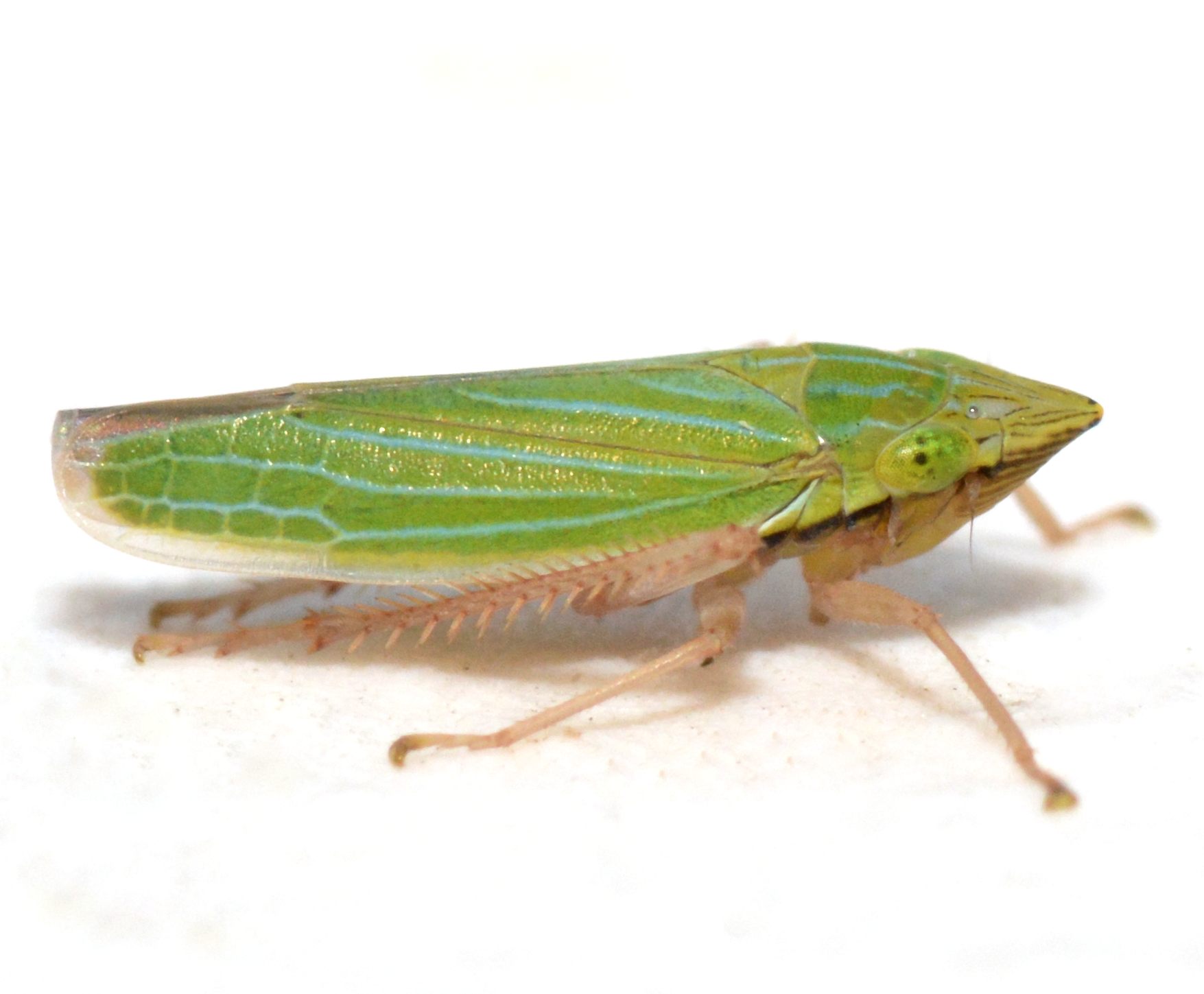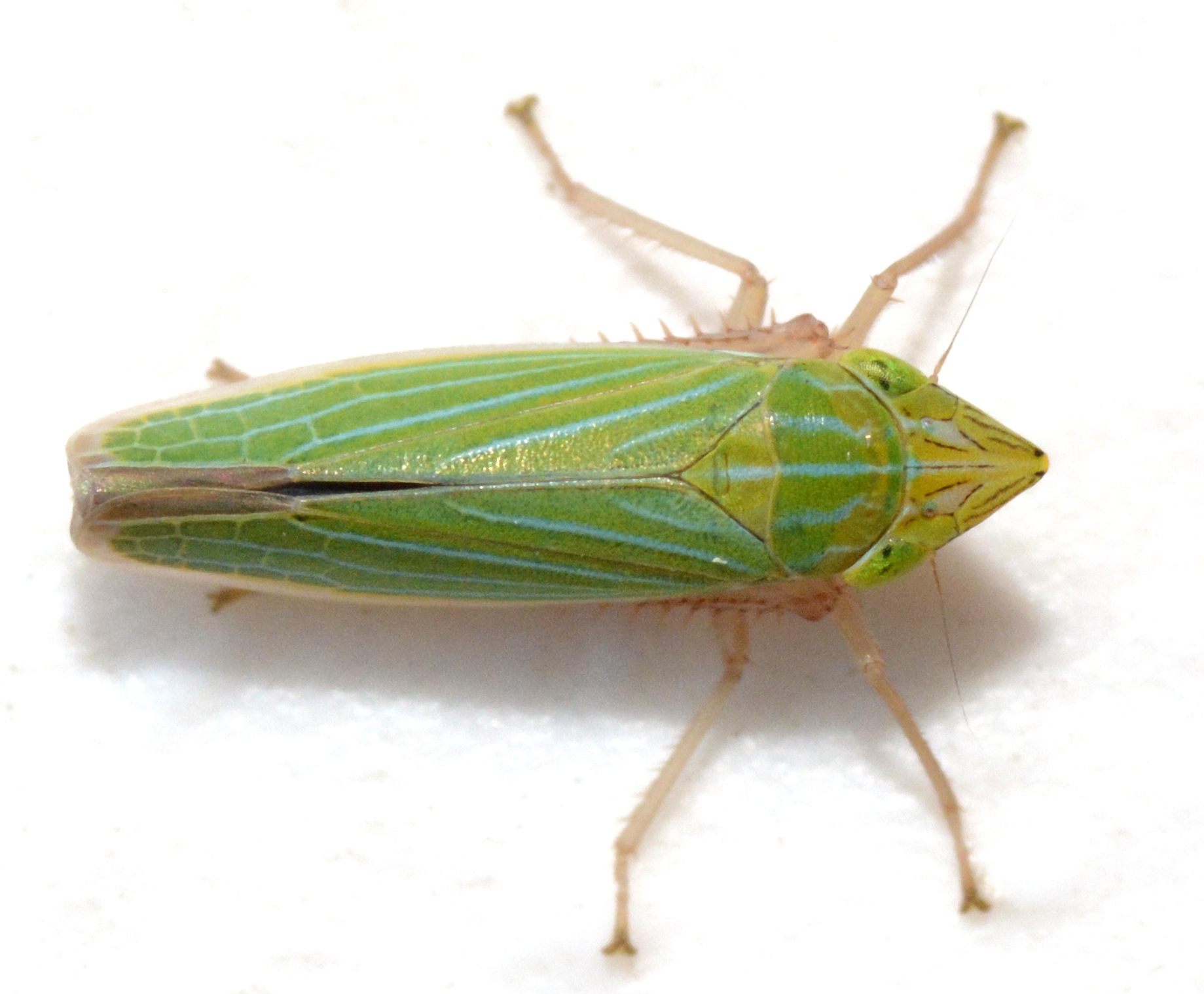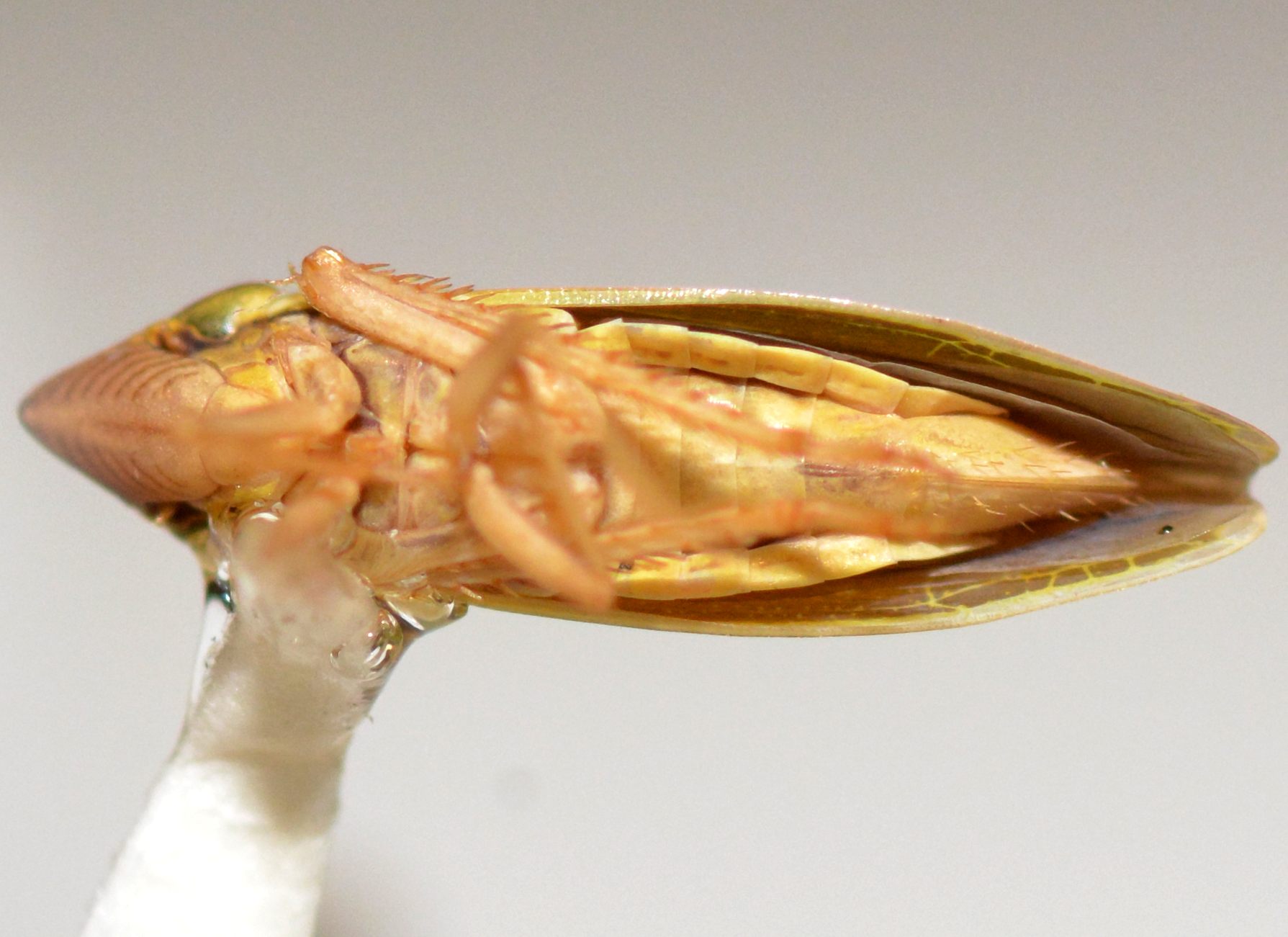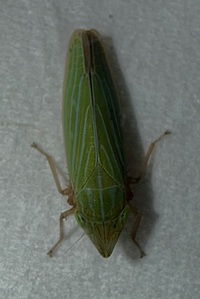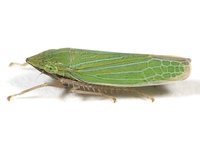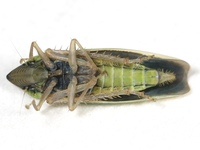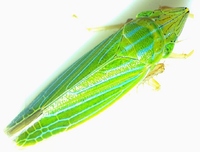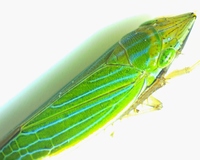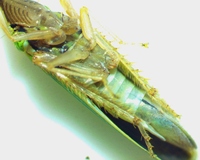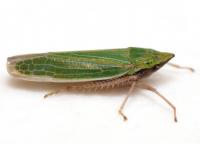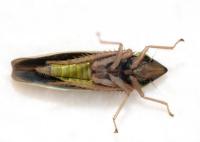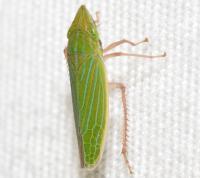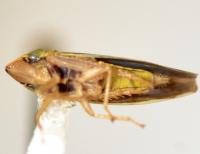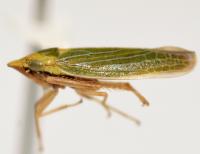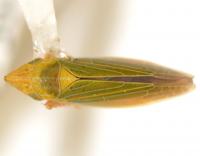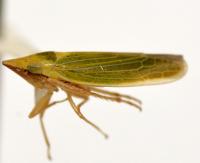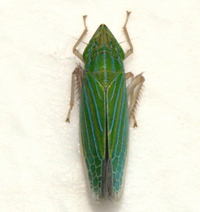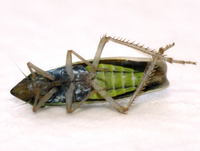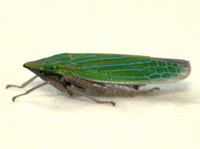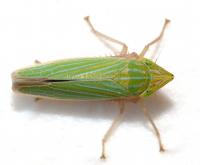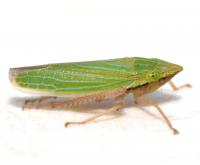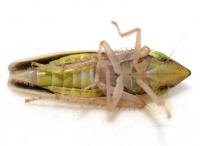| Comment: D. mollipes is one of several Draeculacephala that occur in North Carolina that can be quite challenging to distinguish from each other. It is very important to make sure that detailed, clear photos are taken for many of these challenging species, showing side profile and underside shots (to determine sex). Obtaining a measurement of the specimen can also be very crucial. Below are some features that can help distinguish the challenging Draeculacephalas from one another.
antica- pale underside, face can be a little dark; forewing veins whitish. Male (6.1 or 6.3-7.7 mm), Female (6.0, 7.3-8.6 mm); head edged with bold black line; head slightly downcurved; dark brown markings on the mesosterna just behind the front coxae- these are absent in constricta, which is otherwise very similar
bradleyi- females and male have a black face, venter is pale brownish (lighter in males, darker in females). Male (less than 6.6 mm), Female (less than 8.0 mm)
constricta- lacks blue pigment on wing veins and pronotum, yellow face and venter; black line edging on side of head not as bold as antica. Male (less than 6.6mm), Female (less than 8.0 mm)
mollipes- yellow face, yellow venter; black line edging not as bold as antica. Blue pigment on some veins and usually on pronotal lines; resembles a smaller version of robinsoni. Male (less than 6.6 mm), Female (less than 8.0 mm)
portola- resembles robinsoni, but has inflated face profile; larger than most robinsoni, male (~8.1 mm), female (9.9-10.6 mm) but lacks the blue pigmentation on veins and pronotum that robinsoni has; strictly coastal, rare
robinsoni- blue pigmentation on the pronotum and forewing venation; male abdomen usually mostly dark brown ventrally; male with crown shorter than or subequal in length to pronotum, female crown noticeably longer; abdominal sterna color extremely variable, typically entirely brown with various amounts of yellow; ranges from yellowish or yellowish-brown to blackish. Males much darker ventrally than females, sometimes blackish underneath. Males (6.5-8.2 mm) Females (8.0-10.5 mm) | 
 »
»